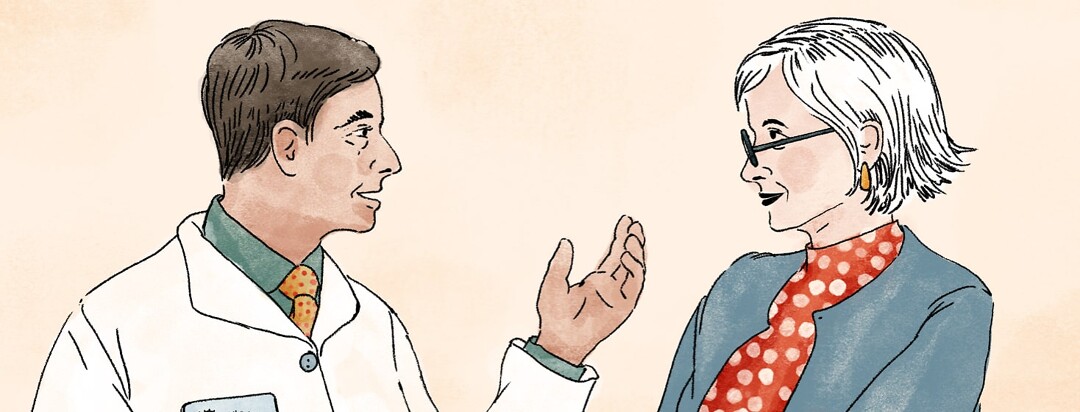Wet Macular Degeneration - Five Years Later
I’m coming up on the 5-year mark since my left eye progressed to choroidal neovascularization, the wet form of advanced macular degeneration, when I began the anti-VEGF injections. At one point I had been extended to every 12 weeks, but am now on a 7-week schedule, which seems to be keeping things in control. I hold my breath each visit when the retinal specialist looks at my OCT pictures on his computer, only allowing myself to breathe again when he says “no change, still good."
Neovascular development
The development of neovascular AMD typically manifests in one eye, but then it later becomes a risk factor for the other eye doing the same. This is a major concern, even though my wet left eye is now my good eye. I was originally wondering if it’s my anti-VEGF injections, or the wet form itself, that’s held back the geographic atrophy in that wet left eye. Or is it just the luck of the draw?
I’m still trying to discover that part of it, although I have found one study that shows the opposite. It says certain anti–VEGF medications may worsen the progression of GA, but it looks to be at such a slow pace that it’s almost imperceptible.1
Discussing progression with the doctor
This 5th anniversary leads me back to when I was first diagnosed with neovascular macular degeneration. I started reading everything I could find. Which was when I discovered the odds of the “fellow eye” advancing to wet after the first did, were 50-50 in about five years. Too close to home.2
My wonderful retinal surgeon checks my dry right eye at every visit. If something shows up in either eye, he points it out and explains what it is and what the implications might be. At my last injection visit, we discussed the progression in that right eye. The geographic atrophy is still very slowly (thank goodness) advancing. The little bump I can always see on the OCT under the line of the Bruch's membrane is fluid, but he says it’s not something to worry about or do anything about when it’s in that location, not breaking through, and not changing.
Promising clinical trials
Then he gave me the good news that there are three clinical trials, all in phase 3, that look promising. I’ve tried researching them, but as I’ve not been able to narrow them down to the three most important, that will have to wait. Hopefully, I can pick his brain a bit more at the next appointment. Stay tuned for that.
I discovered a couple of studies that sound interesting, and you may want to check them out, but they ended with the closest thing to good news being they may lead to further study.3,4
A moment of gratitude for both eyes
So where does all this leave me? My wet left eye is now my good eye, and the little grey smudges in my dry right eye are slowly (thank goodness) getting a slight bit darker and larger. The mouth and chin on the evening news anchor are now just puffs of smoke if I close the other eye. So I tell myself, “just don’t close that eye, you have two of them for a reason."
Editor's Note: As of August 2023, 2 drugs known as complement inhibitors — Syfovre® and Izervay™ — have been approved by the US Food and Drug Administration (FDA) to treat geographic atrophy (GA).

Join the conversation